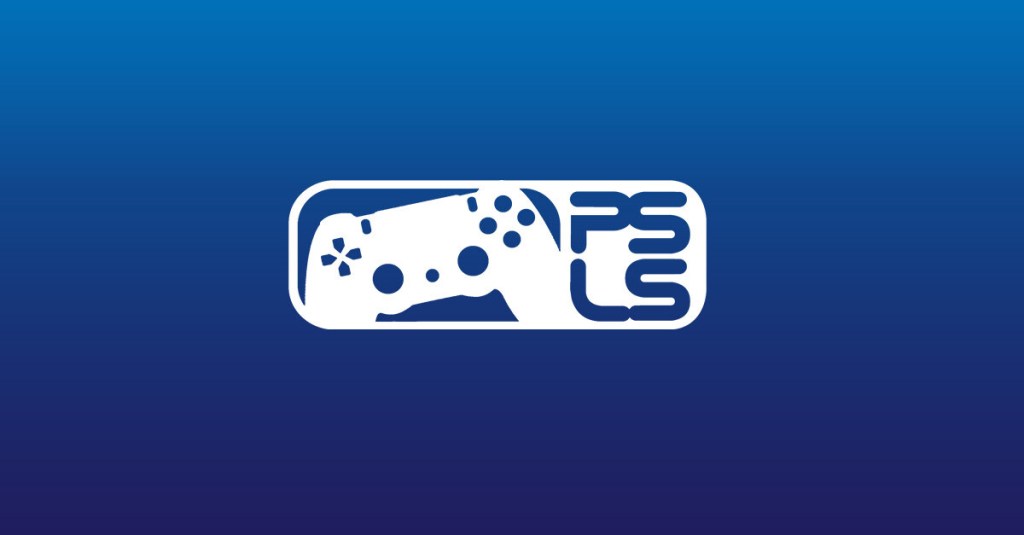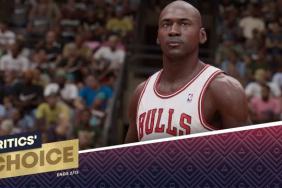
Last year, THQ released UFC 2009 Undisputed, garnering a large amount of critical acclaim and going on to sell over two million copies. The gameplay, in general, was fantastic, and really brought the feeling of the sport to gaming. It wasn’t just one of the best sports games of they year, but one of…







